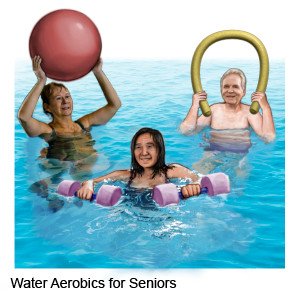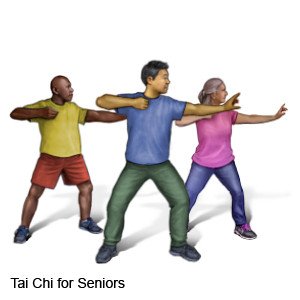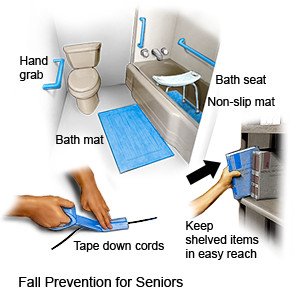Fall Prevention for Older Adults
Medically reviewed by Drugs.com. Last updated on Aug 4, 2025.
As you age, your muscles weaken and your risk for falls increases. Your risk also increases if you take medicines that make you sleepy or dizzy. You may also be at risk if you have vision or joint problems, have low blood pressure, or are not active.
DISCHARGE INSTRUCTIONS:
Arrange to have someone call your local emergency number (911 in the US) if:
- You have fallen and are found unconscious.
- You have fallen and cannot move part of your body.
Call your doctor if:
- You have fallen and have pain or a headache.
- You have questions or concerns about your condition or care.
Fall prevention tips:
- Stay active. Exercise can help strengthen your muscles and improve your balance. Your healthcare provider may recommend water aerobics, walking, or Tai Chi. Your provider may also recommend physical therapy to improve your coordination. Never start an exercise program without asking your provider first.


- Wear shoes that fit well and have soles that grip. Wear shoes both inside and outside. Use slippers with good grip. Avoid shoes with high heels.
- Use assistive devices as directed. Your provider may suggest that you use a cane or walker to help you keep your balance. You may need to have grab bars put in your bathroom near the toilet or in the shower.
- Stand or sit up slowly. This may help you keep your balance and prevent falls.
- Manage your medical conditions. Keep all appointments with your healthcare providers. Visit your eye doctor as directed.
Home safety tips:
 |
- Add items to prevent falls in the bathroom. Put nonslip strips on your bath or shower floor to prevent you from slipping. Use a bath mat if you do not have carpet in the bathroom. This will prevent you from falling when you step out of the bath or shower. Use a shower seat so you do not need to stand while you shower. Sit on the toilet or a chair in your bathroom to dry yourself and put on clothing. This will prevent you from losing your balance from drying or dressing yourself while you are standing.
- Keep paths clear. Remove books, shoes, and other objects from walkways and stairs. Place cords for telephones and lamps out of the way so that you do not need to walk over them. Tape them down if you cannot move them. Remove small rugs. If you cannot remove a rug, secure it with double-sided tape. This will prevent you from tripping.
- Install bright lights in your home. Use night lights to help light paths to the bathroom or kitchen. Always turn on the light before you start walking.
- Keep items you use often on shelves within reach. Do not use a step stool to help you reach an item.
- Paint or place reflective tape on the edges of your stairs. This will help you see the stairs better.
Plan ahead in case you do fall:
Talk with family members, friends, and neighbors to create a fall plan. Someone will need to call for emergency help if you are injured or found unconscious. If possible, keep a mobile phone with you at all times, or wear an emergency alert device. You can contact emergency services by pressing a button on the device. Ask your healthcare provider for more information.
Follow up with your doctor as directed:
Write down your questions so you remember to ask them during your visits.
© Copyright Merative 2025 Information is for End User's use only and may not be sold, redistributed or otherwise used for commercial purposes.
The above information is an educational aid only. It is not intended as medical advice for individual conditions or treatments. Talk to your doctor, nurse or pharmacist before following any medical regimen to see if it is safe and effective for you.
Learn more about Fall Prevention for Older Adults
Care guides
Further information
Always consult your healthcare provider to ensure the information displayed on this page applies to your personal circumstances.
